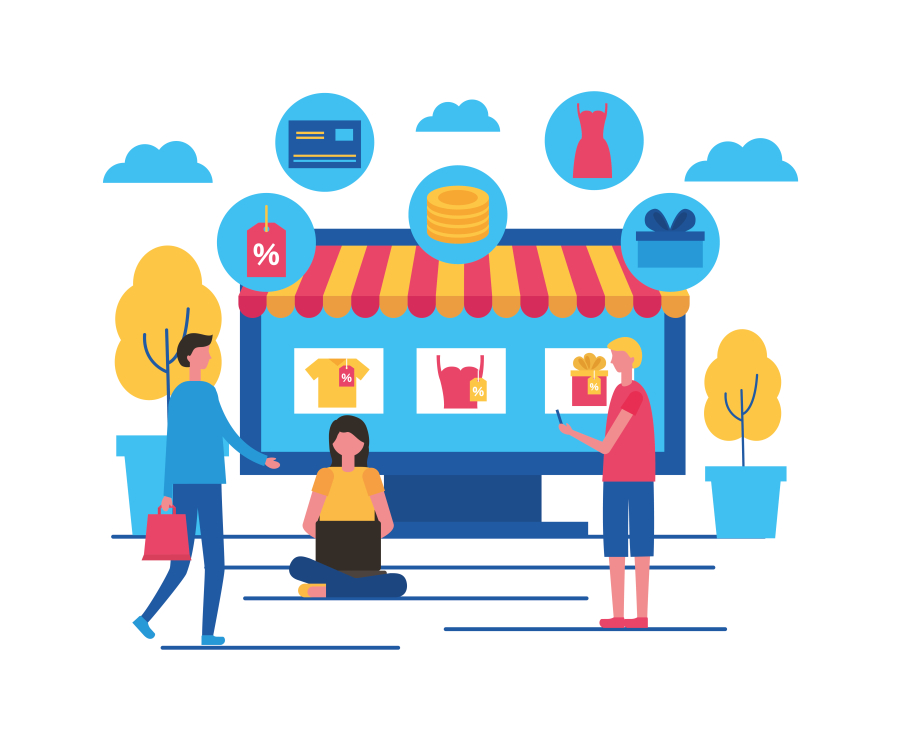Virtual Reality in Interior Design: How to Get Started
Virtual Reality (VR) is revolutionizing interior design by providing immersive experiences that bring design concepts to life before a single piece of furniture is purchased or a wall is painted. For freelance interior designers, VR presents an incredible opportunity to enhance client presentations, reduce revisions, and stand out in a competitive industry.
At freelancerbridge, we help creative professionals leverage the latest tools to grow their careers. This comprehensive guide will walk you through the benefits of using VR in interior design, what tools you need to get started, and how you can implement this technology in your freelance workflow.
Long Description
What is Virtual Reality in Interior Design?
Virtual Reality in interior design allows clients to walk through a space virtually using VR headsets or desktop viewers. Rather than relying on flat sketches, mood boards, or even 3D renders, VR provides a 360-degree interactive experience. Clients can:
Explore rooms from multiple perspectives
Experience true-to-scale designs
Interact with materials, lighting, and layouts
Provide real-time feedback
For freelancers, this means faster approvals, fewer misunderstandings, and higher client satisfaction.
Why Freelancers Should Adopt VR
1. Enhanced Visualization for Clients
VR bridges the gap between imagination and execution. Clients often struggle to interpret 2D drawings or 3D static images. With VR, they experience the full spatial dynamics, textures, and ambiance.
2. Fewer Revisions
When clients can explore a design interactively, they’re more likely to understand and approve it, reducing endless rounds of changes.
3. Competitive Differentiation
Not all freelance designers offer VR services. Adding it to your skillset makes you stand out in proposals and presentations.
4. Time and Cost Efficiency
While VR setup has upfront costs, it saves time in project cycles, allows remote presentations, and prevents costly design missteps.
5. Better Client Retention and Referrals
Clients who experience cutting-edge design processes are more likely to recommend your services.
Getting Started with VR in Interior Design
Step 1: Understand the Tools and Technologies
To implement VR, you need to understand the software and hardware landscape:
Software Options:
SketchUp + Enscape – Quick real-time VR with minimal learning curve
Autodesk Revit + Twinmotion – Advanced rendering and architectural detail
Blender + Verge3D – For custom, high-quality walkthroughs
Unity or Unreal Engine – Game-engine level realism for ambitious freelancers
Hardware Requirements:
VR Headsets like Oculus Quest 2, HTC Vive, or Meta Quest Pro
High-performance PC with a robust GPU (for rendering and real-time viewing)
Smartphones with VR viewers (Google Cardboard) for simpler presentations
Step 2: Learn the Basics of VR Modeling
While many design programs can export to VR-compatible formats, the best results come from:
Designing with scale accuracy
Optimizing models for performance (low-poly models for real-time navigation)
Applying realistic textures and lighting
Organizing layers and scenes for smoother client exploration
Start small—create a sample project like a one-room design—and test its performance in VR.
Step 3: Create a VR-Ready Interior Design Workflow
Your process might look like this:
Client Brief and Space Survey
Concept Development using mood boards and sketches
3D Modeling using SketchUp or Revit
VR Integration using Enscape, Twinmotion, or Unity
Client Presentation using VR headset or WebXR viewer
Feedback Loop and Finalization
Structure this as a service offering on your website and proposals, showing clients the step-by-step advantage of VR-enhanced design.
Step 4: Offer Remote VR Presentations
Not all clients will have VR headsets. You can still showcase your design using:
360-degree panoramas on web browsers
WebVR/AR platforms that allow walkthroughs on mobile
Pre-recorded video tours of VR spaces
Desktop-based simulation for virtual tours
This allows freelancers to work globally and impress clients in other cities or countries.
Real-World Applications and Portfolio Ideas
Here are a few VR-based interior design applications you can showcase:
Home Renovations – Show before-and-after experiences
Real Estate Staging – Design empty rooms into fully furnished experiences
Retail and Hospitality Design – Help businesses plan the perfect space
Small Space Optimization – Let clients explore various layout solutions
Luxury Interior Previews – Provide a premium, immersive experience
These use-cases not only expand your client reach but also add variety to your portfolio.
Common Challenges and How to Overcome Them
1. High Setup Cost
While headsets and software can be expensive, start with tools like SketchUp + Enscape that are budget-friendly and scalable.
2. Learning Curve
Don’t jump into Unreal Engine right away. Master simpler tools first and gradually expand.
3. Client Tech Limitations
Always have a backup: 360 render images, desktop tours, or explainer videos.
4. Hardware Performance
Ensure your system has a powerful GPU and enough RAM. Poor performance can ruin the experience.
SEO Strategy for Promoting Your VR Services
Integrate these keywords on your website and service pages:
“Virtual Reality interior designer for homes”
“VR home walkthrough services for clients”
“3D interior walkthroughs using VR”
“Freelance designer offering VR experiences”
“Best VR tools for interior design freelancers”
Write blog posts like:
“Top VR Tools for Interior Designers in 2025”
“How VR Changes the Way We Design Living Spaces”
“Client Success Story: VR Interior Design for a Studio Apartment”
How to Price VR Interior Design Services
Consider the following in your pricing:
Complexity of the project
Number of rooms or square footage
Time required for modeling and testing
Equipment usage and rendering costs
Offer tiered packages like:
Basic Package: 3D walkthrough using 360 images
Standard Package: VR-ready model + 360 tour
Premium Package: Full headset experience + design consultation
Final Thoughts
Virtual Reality in interior design is not just a trend—it’s a transformative approach that reshapes client relationships, improves design accuracy, and positions freelancers at the forefront of innovation. By integrating VR into your workflow, you expand your service offerings, build stronger portfolios, and attract a more tech-savvy clientele.
At freelancerbridge, we encourage freelancers to embrace emerging technologies and redefine what’s possible in creative careers. With the right tools, strategy, and mindset, VR can become a core pillar of your interior design services.


 by Emily
by Emily




